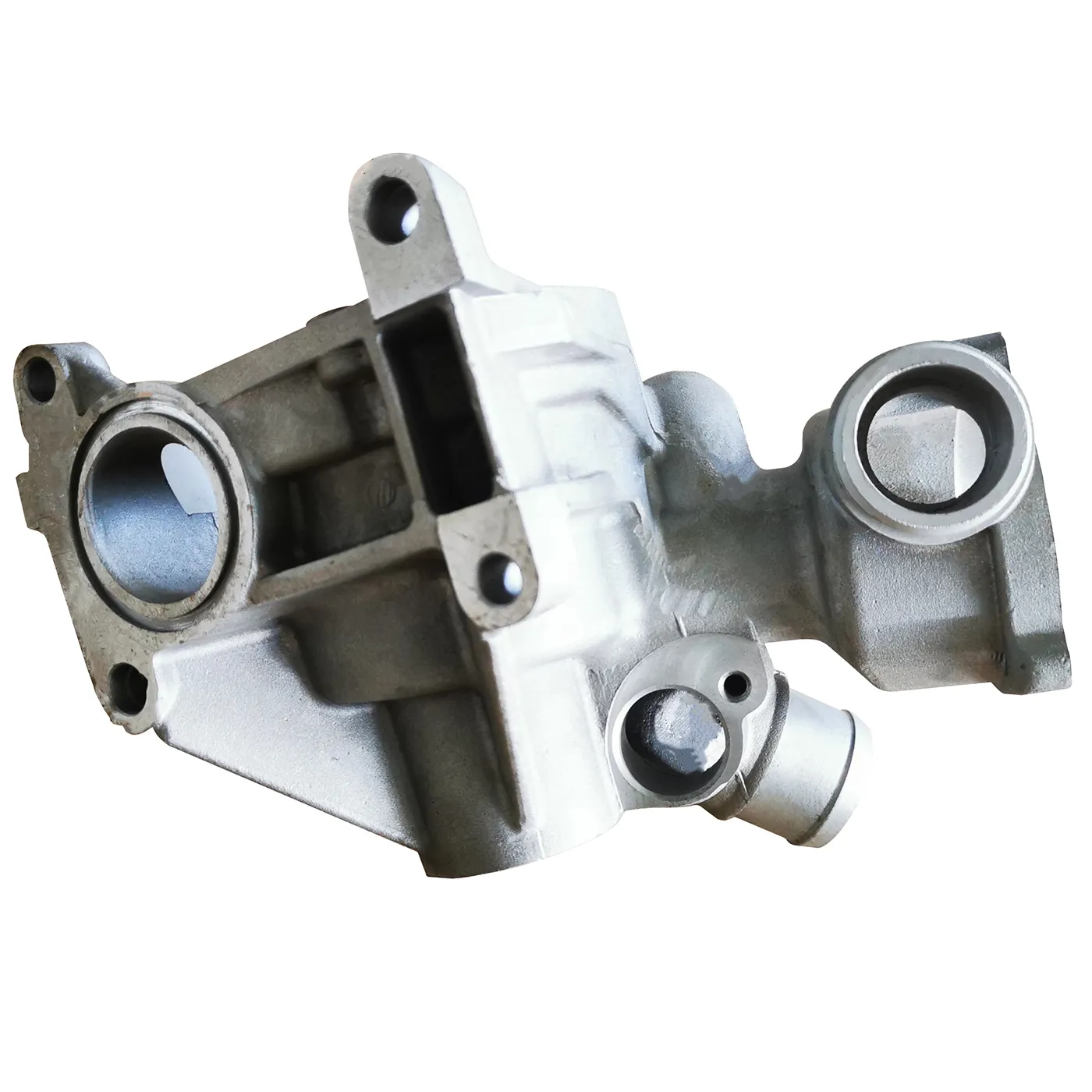Mobile:+86-311-808-126-83
Email:info@ydcastings.com
Steps Involved in the Die Casting Process Explained for Beginners
The Die Casting Process A Comprehensive Overview
Die casting is a highly efficient manufacturing process used to produce metal parts with precise dimensions and excellent surface finishes. Commonly employed in industries such as automotive, aerospace, and consumer electronics, die casting involves pouring molten metal into a mold cavity, where it solidifies to form a desired shape. This article will outline the key steps in the die casting process, explaining each phase and its significance.
Step 1 Mold Design
The first step in the die casting process is the design of the mold. A die, which consists of two halves, is created based on the specifications of the part to be produced. Designers focus on various factors, including part geometry, draft angles, and cooling channels, which are crucial for ensuring proper material flow and ease of ejection once the part is formed. Mold materials often include hardened tool steel or aluminum, providing resilience and longevity to withstand repeated use.
Step 2 Mold Preparation
Once the mold design is finalized, the next step is mold preparation. This involves cleaning the mold, applying lubricants to facilitate ejection, and ensuring that all components are properly aligned. Preparation is critical as it directly affects the quality of the final product and the efficiency of the casting process.
Step 3 Melting the Metal
In preparation for casting, metal is melted in a furnace. Common materials used in this process include aluminum, magnesium, and zinc alloys due to their favorable properties and low melting points. The heating process is closely monitored to ensure that the metal reaches the appropriate temperature for casting, usually between 700°C to 800°C (1292°F to 1472°F) for aluminum. Proper melting guarantees an even flow and high-quality castings.
Step 4 Injection of Molten Metal
die casting process steps

Once the metal is molten and at the right temperature, it is injected into the die. This is typically accomplished using two methods hot chamber or cold chamber die casting. In the hot chamber method, the injection mechanism is submerged in the molten metal, while in the cold chamber method, metal is manually poured into the injection chamber. The molten metal is then forced into the mold under high pressure, allowing for quick filling and ensuring that the intricate details of the mold are captured accurately.
Step 5 Cooling and Solidification
After the molten metal fills the mold, it is allowed to cool and solidify. The cooling phase is critical as it influences the final properties of the cast part. Designers often incorporate cooling channels into the mold to speed up this process, which minimizes defects and helps maintain dimensional stability. The cooling time can vary depending on the size and complexity of the part but generally lasts from a few seconds to several minutes.
Step 6 Ejection of the Casting
Once solidified, the mold is opened, and the casting is ejected. This step is performed using ejection pins strategically placed within the mold. Careful control is necessary during ejection to prevent damage to the part or the mold itself. Once ejected, the parts might undergo secondary operations like trimming and surface finishing.
Step 7 Inspection and Quality Control
The final step in the die casting process involves rigorous inspection and quality control. Parts are examined for defects such as dimensional inaccuracies, surface imperfections, or internal voids. Various methods, including ultrasonic testing and X-ray inspection, are employed to ensure that the parts meet industry standards. Quality assurance is paramount, particularly in sectors where precision and reliability are critical, such as aerospace and automotive industries.
Conclusion
The die casting process is an integrated series of steps that ensures the production of high-quality, precise metal components. From mold design to final inspection, each step plays a crucial role in determining the effectiveness and efficiency of die casting. As technology continues to evolve, innovations in materials and processes promise even greater efficiencies and capabilities in the die casting industry, maintaining its position as a key manufacturing technique in various sectors.
-
Valve Body Acts as the “Heart” of Flow ControlNewsMay.19,2025
-
Understanding the Importance of ImpellersNewsMay.19,2025
-
Importance of Automobile Water PumpsNewsMay.19,2025
-
How an Engine Oil Pan Works to Keep Your Car LubricatedNewsMay.19,2025
-
Common Materials Used in Pump Impeller ManufacturingNewsMay.19,2025
-
Ball Valve Casting in Modern Pipeline SystemsNewsMay.19,2025











